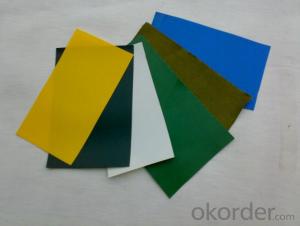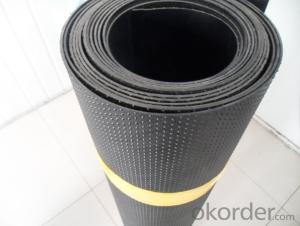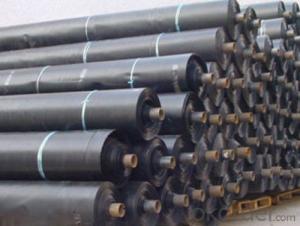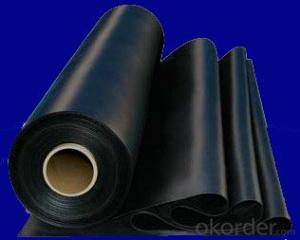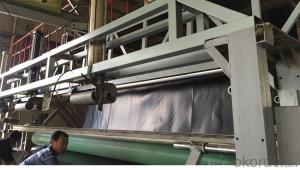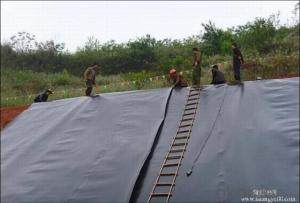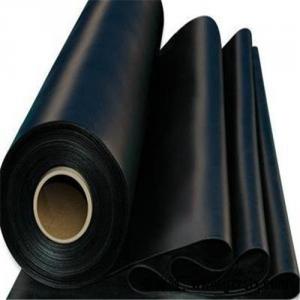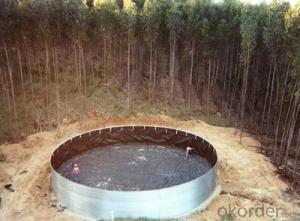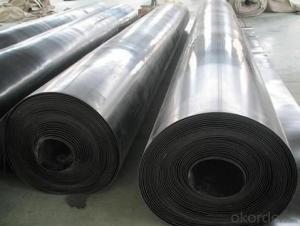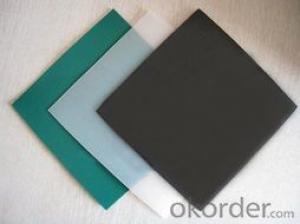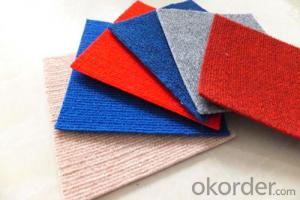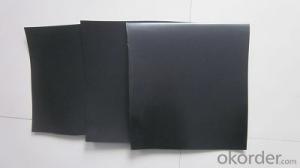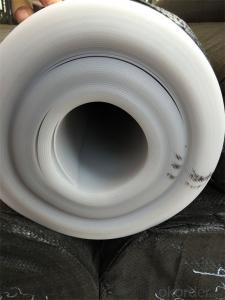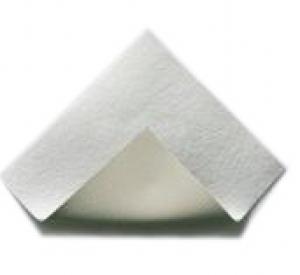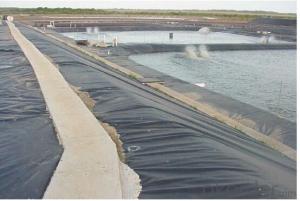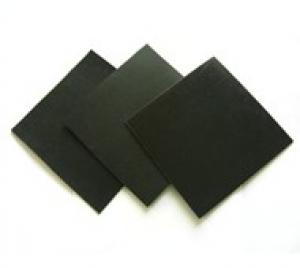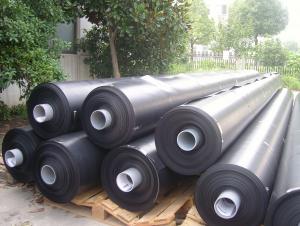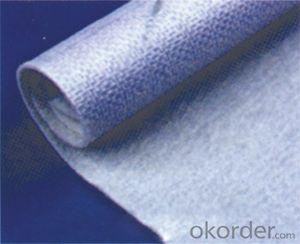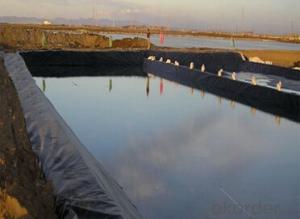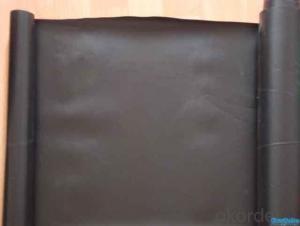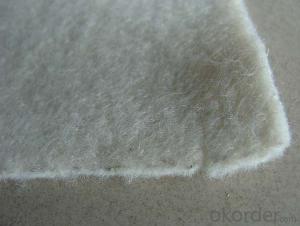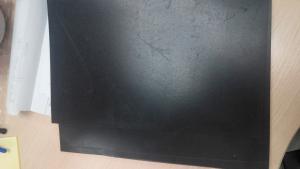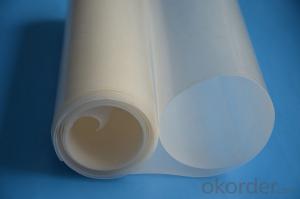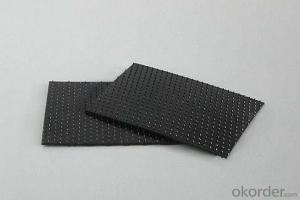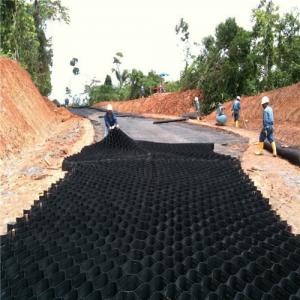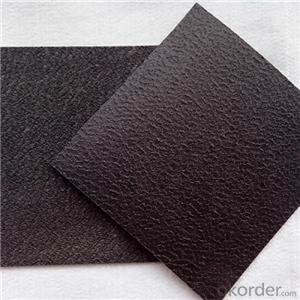Geomembrane Etanche
Geomembrane Etanche Related Searches
Blu Ray Player With Internet Geomembrane In Pakistan 30 Mil Pvc Geomembrane Pvc Geomembrane Specifications Pvc Geomembrane Geomembrane Machine Plastic Geomembrane Nonwoven Wallpaper Geomembrane Material Geomembrane FabricHot Searches
Geomembrane For Sale China Pvc Geomembrane China Geomembrane Roll Sheet Hdpe Geomembrane Sheet Price Hdpe Geomembrane China China Geomembrane Geomembrane China Hdpe Geomembrane Price Geomembrane Price Wholesale Hdpe Geomembrane Roll Geomembrane Factory Wholesale Liner Hdpe Geomembrane Wholesale Geomembrane Hdpe Wholesale Hdpe Geomembrane Geomembrane Market Size Wholesale Hdpe Geomembrana Wholesale Liner Geomembrane Geomembrane Liner Supplier Wholesale Geomembrane China Pvc GeomembraneGeomembrane Etanche Supplier & Manufacturer from China
Okorder.com is a professional Geomembrane Etanche supplier & manufacturer, offers integrated one-stop services including real-time quoting and online cargo tracking. We are funded by CNBM Group, a Fortune 500 enterprise and the largest Geomembrane Etanche firm in China.Hot Products
FAQ
- A high-quality geomembrane possesses several key properties, including durability, flexibility, impermeability, chemical resistance, and long-term stability. It should be able to withstand harsh environmental conditions, such as UV radiation, extreme temperatures, and mechanical stress, without any significant deterioration. Additionally, it should have a high tensile strength and elongation to ensure it can accommodate ground movement and settlement. Impermeability is crucial to prevent the seepage of liquids or gases, while chemical resistance ensures it can withstand exposure to various chemicals and contaminants. Lastly, long-term stability is essential to maintain its performance and integrity over an extended period of time.
- nan
- The electrothermal?film is waterproof. However, it is recommended that keep the chances of contacting with water at minimum. Safety first. Just in case.
- Geomembranes are commonly made from materials such as high-density polyethylene (HDPE), low-density polyethylene (LDPE), polyvinyl chloride (PVC), ethylene propylene diene monomer (EPDM), and polypropylene (PP).
- nan
- tempered film generally refers to tempered glass mobile phone film. So tempered film is tempered glass film. Tempered glass (Temperedglass\Reinforcedglass) is safety glass. Glass has a very good wear resistance and hardness, whose vickers hardness has reached 622 to 701. Tempered glass is actually a prestressed glass, to raise the glass strength, usually using chemical or physical methods, to form compressive stress on the glass surface. When glass is under external force, first it will offset surface stress, so tempered glass improve the bearing capacity and enhance the wind load resistance, cold and heat resistance, and impact strength of glass. And tempered glass protective film is the most safest protection to mobile phone screen.
- The role of geomembranes in desalination plants is to act as a barrier to prevent the leakage or contamination of the treated water. These impermeable synthetic liners are used to line the reservoirs, basins, and storage ponds in desalination plants, ensuring that the purified water remains separate from the surrounding soil or groundwater. Geomembranes also help in managing the brine discharge, preventing its seepage into the environment and protecting the ecosystem.
- nan
- at present, HDPE membrane is used to make closure material. HDPE film is anti piercing and anti aging. It is protective for it is of high density. the disadvantage is higher cost, easy aging in when exposed to sunlight, so it need covering by soil or geotextile.
- nan
- Method of adhering glass film to the window: 1: The film is divided into two layers, of which the transparent one is called negative film, and the other with gum is called positive film. The film is very brittle, so please don't touch hard objects or fold it. Adhere the film indoors. 2: Wash the glass more than three times with pure water and a small amount of liquid detergent. 3: Before adhering the film, spray some water again to facilitate the positioning and movement of the film. 4: Stick the corners of solar?film with a small piece of tape, and gently pull open the transparent film layer. 5: Spray water uniformly on the gum of solar?film to prevent it from sticking impurities. 6: Scrape off the water evenly from the middle to both sides.
- Yes, geomembranes are suitable for use in golf course construction. They provide effective containment and protection against water seepage or contamination, ensuring the stability and longevity of golf course features such as ponds, lakes, and irrigation systems. Additionally, geomembranes offer environmental benefits by preventing the migration of chemicals or fertilizers into the surrounding soil and groundwater, making them a preferred choice for sustainable golf course development.










